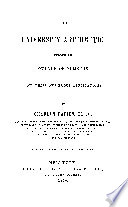 | Charles Davies - Arithmetic - 1850 - 412 pages
...of two or more numbers, FIRST METHOD. L Place the numbers on the same line, and divide by any prime number that will divide two or more of them without a remainder, and set down in a line below, the quotients and the undivided numbers. IL Divide as before, until there... | |
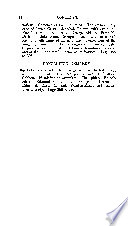 | Uriah Parke - Arithmetic - 1850 - 402 pages
...multiple of two or more numbers, we arrange the numbers in a line and proceed to divide by any prime number that will divide two or more of them without a remainder; and continue the operation on the quotients and the remaining numbers, until no two of them have a common... | |
 | Joseph Ray - Algebra - 1852 - 408 pages
...QUANTITIES. — 1 . Arrange the quantities in a horizontal line, and divide them by any prime factor that will divide two or more of them without a remainder, and set the quotients and the undivided quantities in a line beneath. 2. Continue dividing as before, until... | |
 | Joseph Ray - Algebra - 1848 - 250 pages
...MORE QUANTITIES. 1st. Arrange the quantities in a horizontal line, and divide them by any prime factor that will divide two or more of them without a remainder, and set the quotients, together with the undivided quantities, in a Jine beneath. Ud. Continue dividing... | |
 | 1856 - 418 pages
...be the same, if, instead of dividing the smalltit number, we divide the given numbers by any prime number, that will divide two or more of them, without a remainder. The preceding operation, it v. ill be seen, resolves the given numbers into ПЬелт prime fattors,... | |
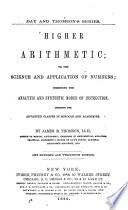 | James Bates Thomson - Arithmetic - 1860 - 440 pages
...the same, if, instead of dividing by the smallest number, we divide the given numbers by any prime number, that will divide two or more of them, without a remainder. 2. The preceding operation, it will be seen, resolves the given numbers into their prime factors, (Art.... | |
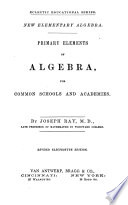 | Joseph Ray - Algebra - 1866 - 250 pages
...QUANTITIES, Rule. — 1. Arrange the quantities in a horizontal line. 2. Divide them ly any prime factor that will divide two or more of them without a remainder, and set the quotients, together with the. undivided quantities, in a line beneath. 3. Continue dividing... | |
 | Joseph Ray - Algebra - 1866 - 252 pages
...QUANTITIES, Rule. — 1. Arrange the quantities in a horizontal line. 2. Divide them Iy any prime factor that will divide two or more of them without a remainder, and set the quotients, together with the undivided quantities, in a line beneath. 3. Continue dividing... | |
 | Joseph Ray - Algebra - 1852 - 422 pages
...QUANTITIES. — 1 . Arrange the quantities in a horizontal line, and divide them by any prime factor that will divide two or more of them without a remainder, and set the quotients and the undivided quantities in a line beneath. 2. Continue dividing as before, until... | |
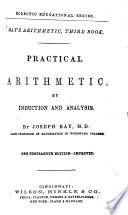 | Joseph Ray - Arithmetic - 1857 - 358 pages
...3. Of 15, 21, 35. ....... Ans. 105. Rule U. — 1. Place the numbers in a line, divide by any prime number that will divide two or more of them without a remainder, and place the quotients and undivided numbers in a line beneath. 2. Divide this linens before : continue... | |
| |